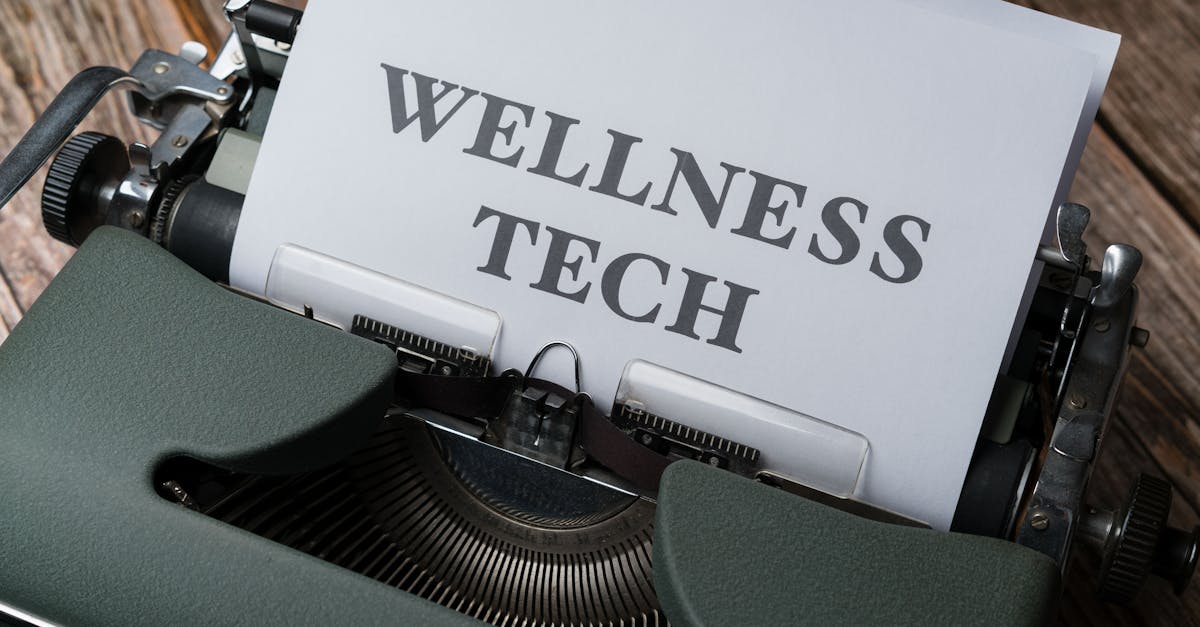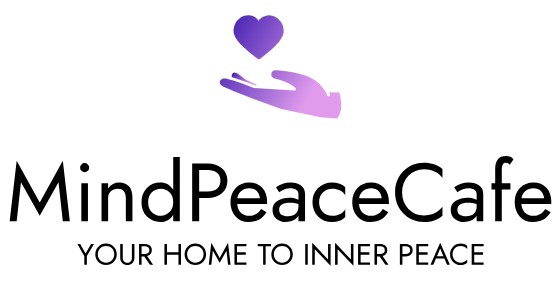Unveiling the Heart of Effective Leadership: Decoding the HeartMath Infographic

In today’s fast-paced and demanding work environments, the ability to effectively manage stress and emotions is a crucial skill for any leader. Biofeedback, a technique that enables individuals to gain awareness and control of their physiological processes, has emerged as a valuable tool in fostering leadership development and stress management. This article delves into the intriguing intersection of biofeedback and leadership, particularly through the lens of the HeartMath approach. By understanding the HeartMath infographic, readers will gain valuable insights into how biofeedback techniques can be harnessed to enhance leadership effectiveness and emotional intelligence. From unraveling the fundamental principles of biofeedback to exploring its practical applications in leadership, this article aims to shed light on the powerful connection between self-regulation, stress reduction, and impactful leadership.
1. Introduction to Biofeedback
Biofeedback, a method that involves gaining awareness and control over physiological responses, has garnered significant attention across various domains. The concept of biofeedback is rooted in the idea that individuals can modify their physiological functions through heightened awareness and deliberate regulation. By utilizing sensors and monitoring devices, biofeedback provides real-time information about bodily processes such as heart rate, skin conductivity, and muscle tension, empowering individuals to make conscious adjustments for stress reduction, emotional regulation, and overall well-being. This approach has proven invaluable in clinical settings for managing conditions like anxiety, chronic pain, and hypertension, but its applications extend beyond healthcare, finding relevance in areas such as sports performance, mental health, and, notably, leadership development. By understanding and harnessing the principles of biofeedback, individuals can refine their emotional self-regulation, enhance performance, and cultivate resilience in the face of challenges. As biofeedback continues to evolve, its potential to revolutionize diverse fields, including leadership and stress management, remains a compelling area of exploration.
2. The Role of HeartMath in Biofeedback
HeartMath, a recognized leader in research-based techniques for stress reduction and emotional self-regulation, has developed a unique approach to biofeedback that has garnered attention for its applications in leadership and stress management. Their methodology focuses on leveraging heart rate variability (HRV) as a key indicator of emotional and physiological state, offering practical tools and technologies for individuals to enhance self-awareness and self-regulation. Through HeartMath’s biofeedback approach, individuals can learn to achieve coherence between their heart rhythms, emotions, and cognitive functions, fostering a state of optimal performance, resilience, and well-being. This method has gained traction not only in healthcare and personal wellness but also in professional settings, where effective leadership and stress management are crucial. HeartMath’s research has demonstrated the positive impact of their biofeedback techniques on cognitive functions, emotional balance, and decision-making, making it an appealing avenue for individuals seeking to improve their leadership skills and overall effectiveness in high-demand environments.
3. Connecting Biofeedback, Stress, and Leadership Effectiveness
The correlation between biofeedback, stress regulation, and leadership effectiveness has emerged as a captivating area of study and application. Biofeedback techniques, which enable individuals to monitor and adjust their physiological responses, have paved the way for a deeper understanding of stress management and its impact on leadership performance. By leveraging biofeedback, individuals can gain insights into their stress responses, allowing for proactive interventions to regulate emotions, maintain cognitive clarity, and foster resilience in challenging situations. These self-regulation skills are particularly pertinent in leadership contexts, where the ability to remain composed, make sound decisions, and empathize with others is paramount. Research has shown that individuals who engage in biofeedback training often exhibit enhanced emotional self-regulation, improved cognitive functions, and an overall greater capacity to navigate stressful environments with effectiveness and poise. As organizations continue to emphasize the holistic well-being of their leaders, the integration of biofeedback techniques as part of leadership development initiatives is garnering attention for its potential to cultivate emotionally intelligent and resilient leaders capable of steering through complex and demanding scenarios with grace and proficiency.
4. Using Biofeedback to Improve Leadership Skills

The integration of biofeedback techniques for bolstering leadership skills has shown promise in cultivating resilient and emotionally intelligent leaders. By incorporating biofeedback practices, individuals can enhance their leadership acumen by gaining insights into their physiological responses, allowing them to address stress proactively and maintain emotional equilibrium even in challenging circumstances. This approach not only fosters self-awareness but also provides leaders with the tools to optimize their cognitive functions and decision-making processes, resulting in more effective and empathetic leadership. Biofeedback serves as a practical means to develop emotional intelligence by empowering leaders to understand and manage their own emotions while also being attuned to the emotional states of those they lead. Moreover, the use of biofeedback fosters a culture of mindfulness and well-being within leadership, encouraging a more balanced and adaptable approach to navigating complex organizational challenges. As the intersection of technology and leadership continues to evolve, the utilization of biofeedback tools and techniques is set to become an integral component of leadership development, emphasizing the importance of self-regulation, resilience, and empathetic leadership in diverse professional settings.
5. Infographic Breakdown: Key Insights
The HeartMath infographic provides a detailed and insightful visualization of the intersection between biofeedback, stress regulation, and effective leadership. By examining the key elements of this infographic, we uncover valuable insights that can reshape our understanding of leadership development. The infographic underscores the significance of heart rate variability (HRV) as an indicator of emotional state and physiological coherence, offering a compelling demonstration of the intricate connection between one’s internal state and their capacity for leadership effectiveness. Through visually engaging representations, the infographic outlines practical techniques for individuals to regulate their heart rhythms, fostering a state of coherence that is vital for optimal decision-making and resilience in leadership roles. Moreover, it highlights the impact of emotional self-regulation on one’s ability to navigate demanding environments with clarity and empathy, underscoring the profound implications of biofeedback practices in leadership contexts. By dissecting and comprehensively analyzing the elements of the HeartMath infographic, we gain a deeper understanding of how biofeedback can be harnessed to augment leadership capabilities, enhance emotional intelligence, and foster a culture of well-being and effectiveness within organizational leadership.
What are some practical biofeedback techniques that can benefit leaders?
Practical biofeedback techniques include heart rate variability (HRV) monitoring, breathing exercises, and coherence-building practices. These techniques can help leaders gain better control over their physiological responses, reduce stress, and improve decision-making and emotional intelligence.
How can biofeedback techniques help in improving leadership effectiveness?
Biofeedback techniques aid in improving leadership effectiveness by providing leaders with methods to regulate stress responses, enhance emotional self-regulation, and maintain cognitive clarity. By honing these skills, leaders can navigate complex scenarios with composure, empathy, and agility, ultimately fostering a more resilient and effective leadership approach.
Is biofeedback relevant in professional settings beyond healthcare and personal wellness?
Absolutely. Biofeedback has expanded its relevance into professional settings, particularly in bolstering leadership development. By offering practical tools for stress regulation, emotional self-regulation, and cognitive enhancement, biofeedback techniques have proven to be valuable assets in cultivating effective leadership and promoting a culture of well-being and resilience within organizations.




